Retiring Blackface
Recent instances of Blackface on the opera stage have sparked discussion in the field about moving past this harmful practice once and for all.
Conventions in opera have long evolved to protect the well-being of artists and audiences alike. When the use of oil lamps on stage caused opera house fires in the early 20th century, opera companies reacted with common-sense safety codes to prevent future damage. More recently, some have been rolling out “codes of conduct” to discourage and eliminate offensive behaviors among employees and attendees. Currently, some companies are in the early stages of rolling out stronger anti-harassment guidelines to codify protections and procedures. Some harmful practices, however, have persisted far longer than they should have.
Despite the fact that other industries like theater and Hollywood abandoned the practice of Blackface and Yellowface long ago, it has stubbornly persisted on some operatic stages to this day. Still, many of the major players in opera have banned Blackface at this point, often due to negative reactions from performers or audiences. In 2015, the Met discontinued the practice following backlash over promotional materials for a production of Otello. Numerous other companies have followed suit, including the Paris Opera, which banned Blackface in response to a petition from artists and staff in 2021, a year after worldwide protests against anti-Black racism prompted self-reflection across numerous industries.
In summer 2022, however, a flurry of controversy over the Arena di Verona’s summer 2022 production of Aida, which used Blackface — as well as other incidents that prompted artists to speak out —sparked wider recognition of the damage the practice causes to individuals and communities, and has emphasized the need for change. “We have to acknowledge the global impact of Blackface, and the responsibility we have to be more creative about how we tell stories,” says OPERA America Social Justice Advisor Quodesia Johnson. “Tradition does not outweigh people’s dignity.”

Historical Traditions
The practice of changing one’s appearance through makeup in theater dates back to medieval times, when actors appeared covered in soot to portray the souls of the damned, continuing a long association of dark skin with degradation. The custom became more popular during Shakespeare’s time, when male actors donned feminine clothes to play women and dark makeup to play people with more melanated skin, particularly Africans (and people of African descent, such as Black Moors). Later, as Western European colonization advanced across Africa, Asia, and the Americas in the 17th century and beyond, Blackface took on a more distinct symbolic weight and purpose.
“Blackface was used as a propaganda tactic to dehumanize people as the enemy or as property,” says Tara A. Melvin, director of community partnerships and education at New Orleans Opera. Imagining people from other cultures as exaggerated caricatures was a way of denying their humanity and, in the case of Black Africans, justifying their enslavement. Europe exported Blackface to the U.S., where, in the 1800s, it developed into the tradition of minstrelsy, perpetuating racist stereotypes used to uphold chattel slavery and, later, Jim Crow.
Some have argued that the use of Blackface today honors opera’s performance traditions, choosing to ignore the racism inherent to them. But such arguments are, at least in the case of Aida, historically inaccurate. In drawings from the Cairo premiere, in 1871, and from the Milan premiere the following year — a production with which Verdi was directly involved — “the soprano Teresa Stolz is not in Blackface,” Melvin points out. The use of Blackface in Aida came decades later, in 1913, “when Italy had tried to colonize Ethiopia and was on its way to trying a second time,” Melvin says, thereby presenting a reason to emphasize the otherness of Ethiopians on stage through the practice of Blackface. Considering opera’s historical function in this light — as a way of influencing how people imagine the lives of others — it becomes essential to examine what messages it continues to send.
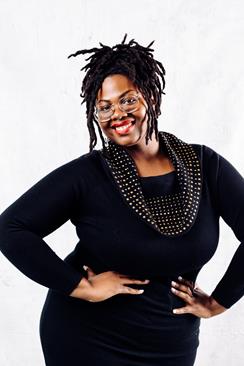
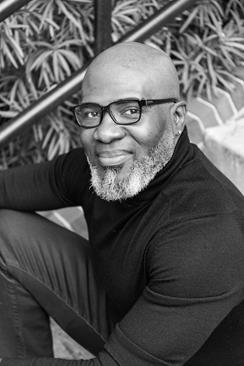
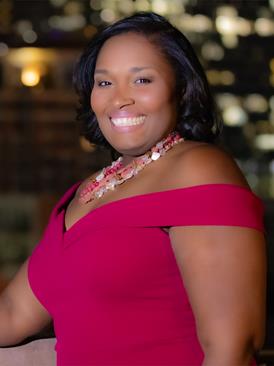
Harmful Consequences
Similar to other art forms, opera shapes cultural sentiments about who is worthy to be seen as fully three-dimensional. At best, the continued use of Blackface perpetuates racist stereotypes. At worst, it contributes to the widespread, global trend of dehumanizing Black people. “If you don’t have lived experiences that challenge those negative representations, you walk away with misunderstandings about people that are wholly untrue,” says Antonio C. Cuyler, professor of music at the University of Michigan. “Black and brown people all over the world are being murdered because they are dehumanized,” Melvin adds. A similar trend has become evident in the swell of violence against Asian Americans, he notes, pointing to how Yellowface can contribute to whether Asian people are seen as fully human in cultural narratives.
Of course, the harm of Blackface is most deeply felt by those hoping to find themselves reflected in the culture, but who are confronted with demeaning caricatures instead. “There’s a correlation between self-esteem and negative portrayals of Black people in arts and media,” Cuyler says — which includes seeing one’s cultural identity made into a mockery or reduced to a costume.
The question of whose perspectives are taken into account in creating operatic productions is becoming increasingly pressing behind the scenes, says Andrea Joy Pearson, formerly director of belonging and inclusion at Opera Omaha. “Opera is continually and willingly behind because there’s a strong sense of elitism and gatekeeping,” Pearson says. She adds that conversations about what is appropriate to put onstage need to happen proactively, in conjunction with the community and with more diverse senior leadership, rather than in reaction to criticism. “Opera has been willing to put the comfort of tradition over the discomfort and dignity of the community,” she says. “That in itself is White supremacy.”
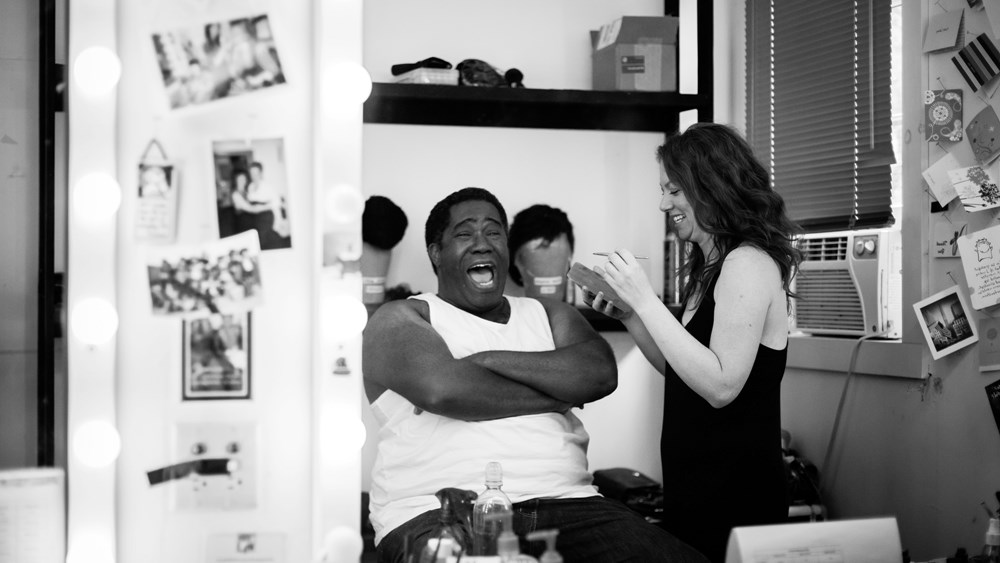
Underestimating Audiences
Blackface has also been used to obscure the industry’s lack of progress in developing a more inclusive and expansive pool of professional artists. Using Blackface long negated the need to foster a more diverse pipeline of talent. In recent years, there’s been a stronger push in the performing arts for characters of Color on stage to be portrayed by artists who share their identities. At the same time, artists of Color should not be limited to playing a narrow selection of roles in a repertoire that has long centered White creators and narratives. This sort of pigeonholing would only further prolong the exclusionary legacy of Blackface.
Artists, both on stage and behind the scenes, may also be sensitive to the consequences of speaking out against the use of Blackface and aware of their limited say in creative decisions. That includes hair and makeup designers, who are not often included in conceptual conversations with directors and senior leadership about the overall look of a production. In fact, designers have often found themselves in difficult positions, negotiating what they’re willing to do.
“I don’t think there is any problem that Blackface solves,” says hair and makeup designer Anne Ford-Coates, whose work includes a decade at Washington National Opera and The Glimmerglass Festival. When a non-Black actor is cast as Aida or Otello, for example, the idea that Blackface is necessary for audiences to follow the story discounts the powers of attendees’ imaginations. “Opera audiences are capable of thinking figuratively, poetically, and allegorically,” Coates says. “They do not need to be spoon-fed literal Blackface to understand text, or even subtext.”
Indeed, underestimating audiences is antithetical to the art form itself. “Opera is about pushing the envelope and wanting people to have conversations,” Melvin says. “Verdi wanted people to talk. Mozart never anticipated his opera to be produced the same way twice. These people expected their art to move you.” They intended for opera to be alive in the moment and in direct conversation with attendees in the room.
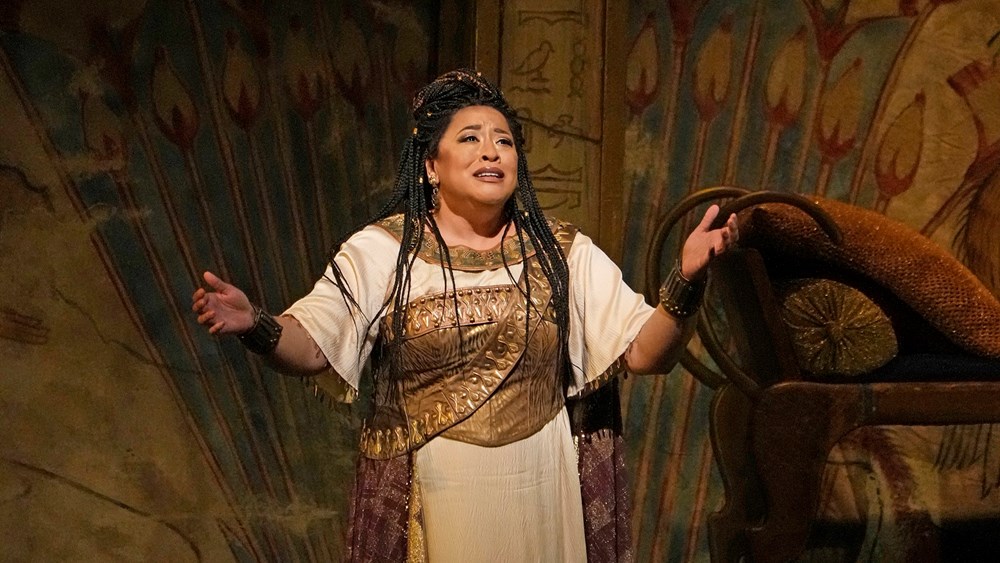
Necessary Evolution
One of opera’s foundational missions is to connect with people and bring audiences together. “We are nonprofits because we are here to serve the community,” Pearson says, adding that companies can and should invite their surrounding communities to be a part of the conversation about moving the industry forward. “Blackface is a stereotype and a simplification,” she says. “The opposite side of that is letting there be a variety of perspectives.” Since 2020, opera companies around the country have made a wave of new hires for social justice positions to address concerns around diversity and inclusion. But Pearson emphasizes that there’s much work to be done.
“Where some in the American opera community are struggling right now is, they’re willing to have a Black face in the room, but they don’t want a Black person, and all the cultural nuances and personalities that come with a Black person,” Pearson says, likening the situation to a contemporary iteration of Blackface off stage. The onus for calling out bad practices and pushing for change has also fallen mostly on Black artists, administrators, and audiences, which places an undue burden of responsibility on those who’ve been disproportionately harmed. Pearson also says that companies need to foster an environment where artists are comfortable voicing concerns. “We need to stop seeing people who speak up as a problem, but as opportunities for improvement,” she adds.
Developing more work that authentically and accurately represents a diverse range of people is also key to opera’s ability to appeal to new audiences. “It’s so important that composers of the global majority are writing new narratives about racialized groups that are informed by their lived experiences,” Cuyler says. “By doing so, they reinvigorate art forms with the spirit of what they were designed to do, which is to connect people of all backgrounds.” Or, to put it more bluntly — “if you’re asking people to buy into an imaginary world where they don’t necessarily control the way they’re represented, why wouldn’t they just get a Netflix subscription for only $20 a month?” Melvin asks. “Because that’s our competition.”
This article was published in the Winter 2023 issue of Opera America Magazine.

Naveen Kumar
Naveen Kumar is a culture critic and journalist whose recent work has appeared in The New York Times, Variety, and The Daily Beast.






